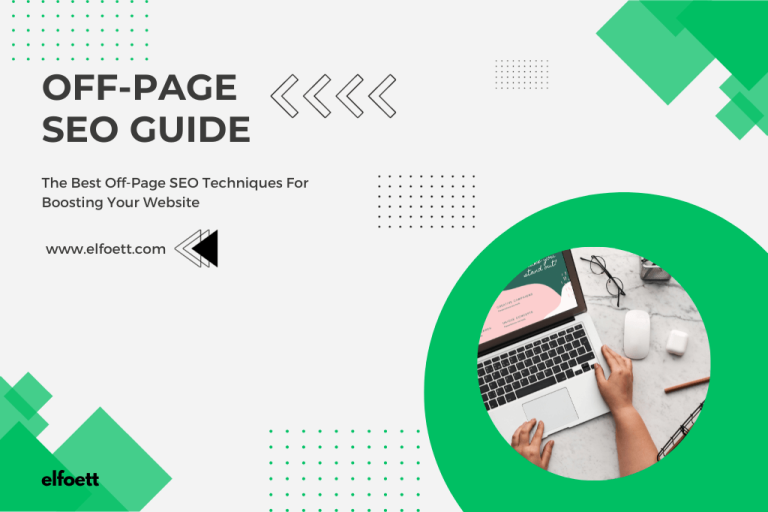To build a successful website, User Experience (UX) plays a vital role in web designing. There are a variety of UX techniques and tools that can help you create a website that engages visitors and drives results.
What is UX Optimization?
User Experience (UX) Optimization is about enhancing the experience that users have when they interact with a website or application. It is best to prioritize user behavior to ensure that users can easily find what they need and enjoy the process, resulting in a positive impression of the product or service.
Why user experience (UX) is important?
Customer Satisfaction:
A positive experience leads to happy users. Satisfied customers are more likely to return and recommend your site to others.
Increased Engagement:
Users are more likely to engage with a website that is easy to use. This can lead to more interactions, longer stays, and higher conversion rates.
Better SEO Performance:
Search engines consider user experience when ranking websites. A well-optimized UX can positively impact your search engine rankings.
Brand Reputation:
A user-friendly experience builds trust. Users are more likely to trust and have a positive perception of your brand if they have a seamless interaction with your website.
Enhance Your Website UX Design
How to improve user experience?
Below are the essential user experience optimization strategies to consider when designing your website. These strategies will help you create a site that is intuitive, engaging, and satisfying for your users.
Intuitive Design:
Create a layout that is easy to understand and navigate. Users should instinctively know where to find information.
Responsive Design:
Ensure your website works well on all devices (phones, tablets, computers). A seamless experience across different platforms is crucial.
Fast Loading Times:
Users don’t like to wait. Optimize images, minimize code, and use reliable hosting to speed up your site.
Clear Call-to-Actions (CTAs):
Guide users on what to do next. Make buttons and links stand out, and use language that encourages action.
Readable Content:
Use clear fonts, legible text sizes, and readable colors. Break content into digestible chunks with headings and subheadings.
Accessibility:
Ensure your website is accessible to everyone, including those with disabilities. This includes using alt text for images and providing text alternatives.

Which are practical techniques for best UX?
Below are the 10 best UX techniques to consider when designing your website. These techniques ensure a smooth and enjoyable user journey, enhancing the overall user experience.
1- User Research:
User research focuses on understanding your audience and their needs. It may include surveys, interviews, and user testing to gather insights and feedback.
2- Information Architecture:
Creating a clear and organized information architecture can help visitors find the information they need quickly and easily.
3- Wireframing:
Wireframing is the basic visual representation of the website layout and structure. That can help with planning and organizing your content and design elements.
4- Prototyping:
Creating a prototype can help you test your website’s functionality and user experience before launching. That can include interactive mockups and clickable prototypes.
5- Usability Testing:
Usability testing can help you to identify the areas of improvement and make changes to your design. It involves observing users’ interaction with your website and gathering feedback on their experience.
6- User Personas:
The User persona technique can help you to create a more personalized and efficient user experience. By creating user personas you can understand your audience and their needs, goals, and behaviors.
7- A/B Testing:
A/B testing experiment involves two different versions of your website shown to the user to see which one performs better. A/B testing techniques can help you to optimize your design and improve your website’s performance.
8- Responsive Design:
Responsive design enables you to see the content consistency and user-friendly experience across all devices. Responsive design is about creating a website that looks good on different devices and screen sizes.
9- Microinteractions:
Microinteractions are small design elements that provide feedback to users and enhance their user experience. That can include animations, tooltips, and other interactive elements.
10- Accessibility:
Accessibility is an important part of UX design and helps to access your website for those people with disabilities. That can include using alt tags for images, providing captions for videos, and designing for keyboard navigation.
Make Your Website Shine
UX Optimization Tools:
Various tools facilitate UX optimization. Tools like Hotjar for user behavior analysis, A/B testing platforms like Optimizely, and usability testing tools such as UsabilityHub (Lyssna) help designers and developers gather insights to refine and improve the user experience.
In summary, UX Optimization is about crafting a website or application that users enjoy it while using. It involves design, functionality, and accessibility to create an experience that leaves a positive and lasting impression on the user. Need UX/UI help? Ask us now!
If you are looking to create a successful website that drive results and conversion then must read our article about essential tips for creating a successful website.


